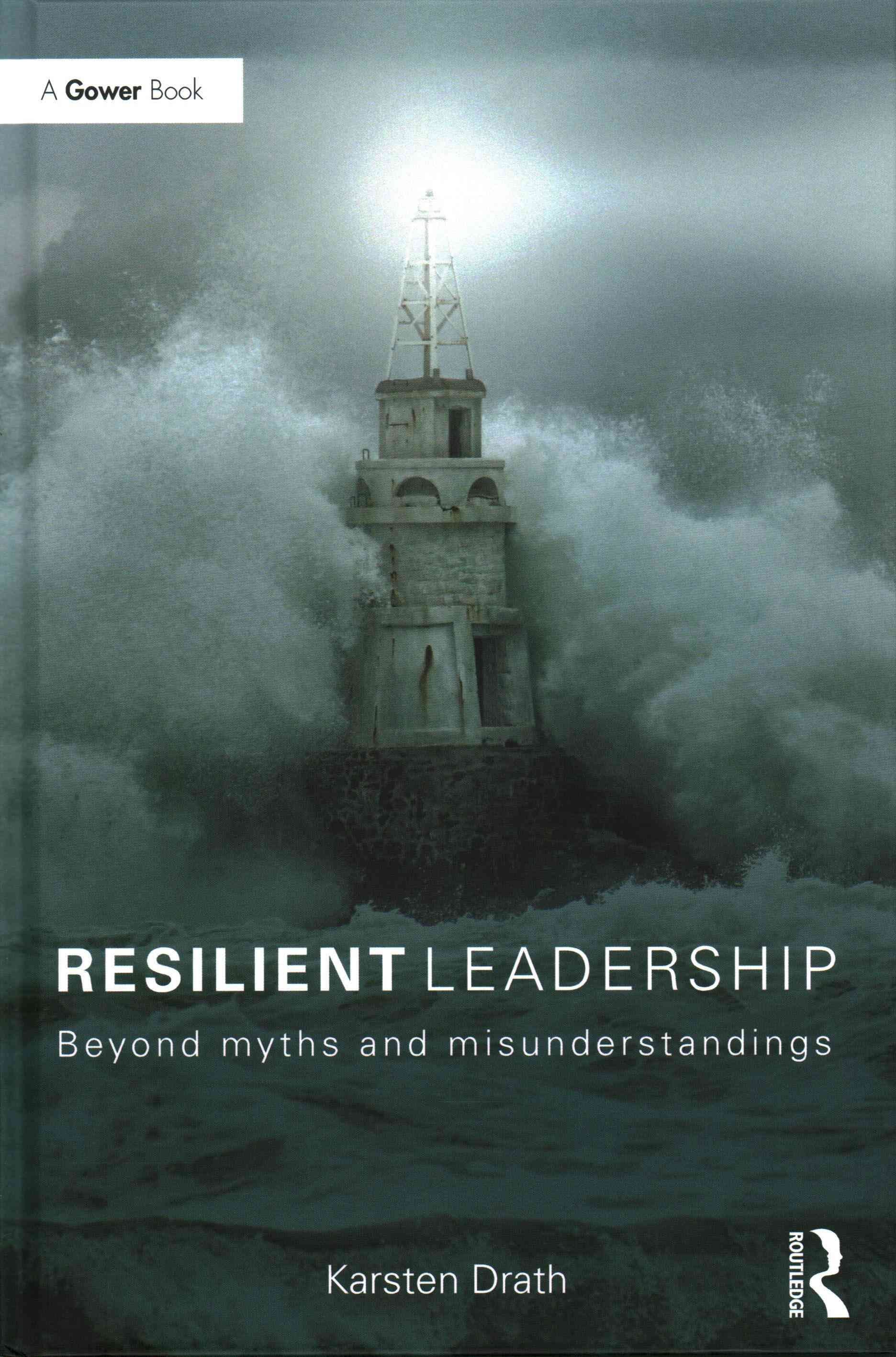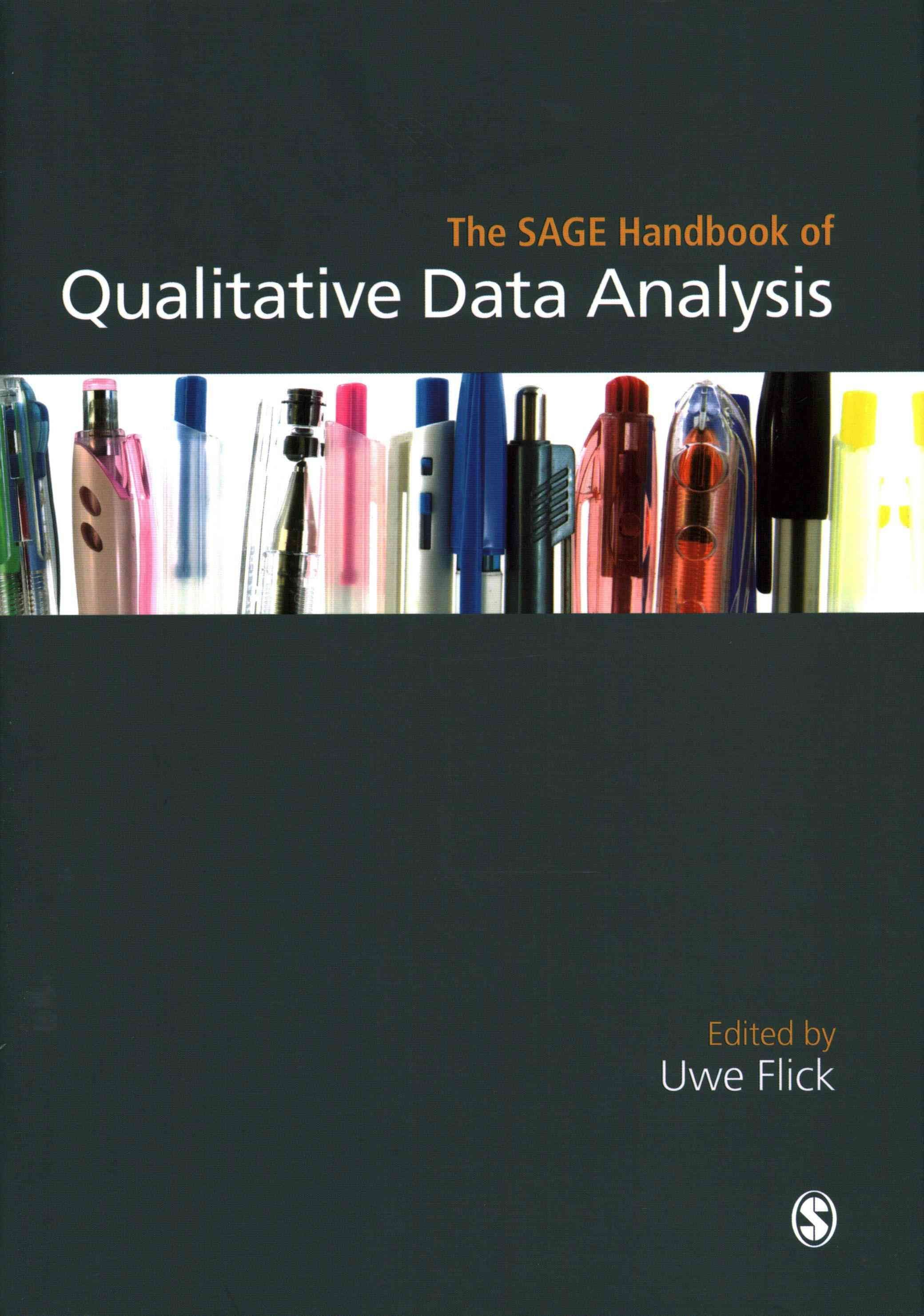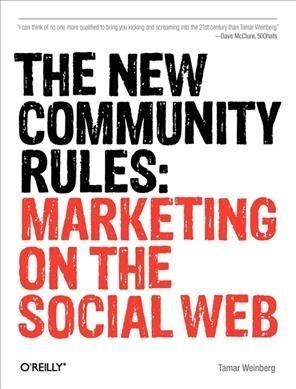Intense pressures pose considerable challenges to executives striving to succeed in an environment of increasing volatility, uncertainty, complexity and ambiguity. Today’s leaders are constantly fighting to make sense of their changing worlds and to make the right decisions for themselves, their teams and their business. Yet resilience is not a given. It is a dynamic competency that can be cultivated and improved and there is not just one single way to improve the resilience of a manager but actually many different ways on different levels. The author differentiates between personal resilience, the ‘resilience field’ and aspects of resilient leadership so that leaders can grasp how each relates to the other and how each can be used to enhance personal and collective resilience. He lays out concrete, practical approaches for overcoming obstacles to the development of resilience at all levels-extending the capacity of the individual leader, teams, group, and organizations to sustain themselves in the face of adversity. Leaders can follow the practical steps and strategies, outlined in this guide, to enhance their capacity to withstand hardships and adversity and create an environment in which people within an organization can thrive and grow. The guidance and strategy draws from a model of resilience focused on (a) fundamental human needs as confirmed by neuroscience and (b) the consequences of not meeting these needs. These two pillars of resilience define a leader’s capacity to handle change, conflict, and ?dysfunctional beliefs’- the barriers and sticking points that undermine a leader’s optimal business performance.












